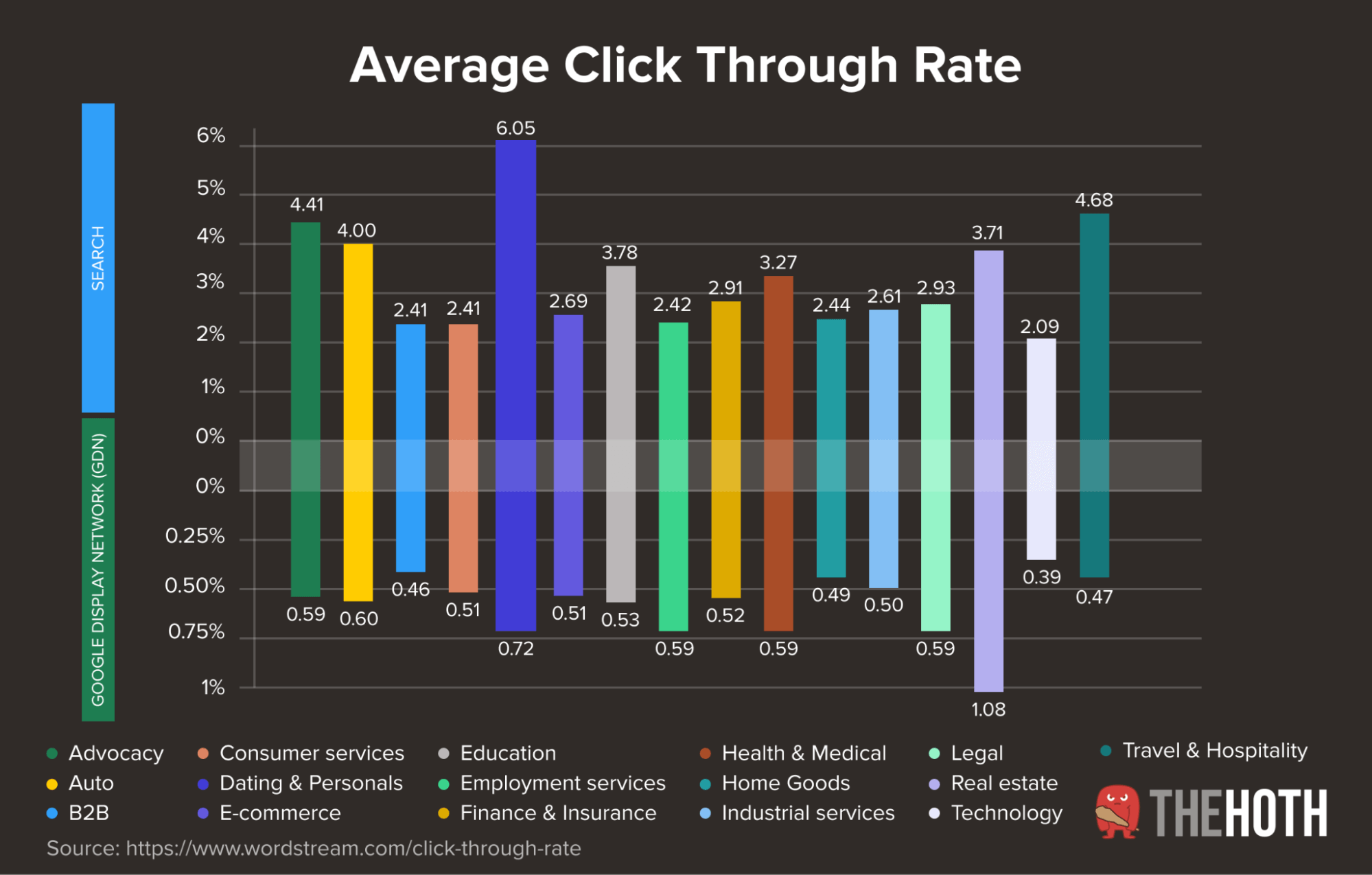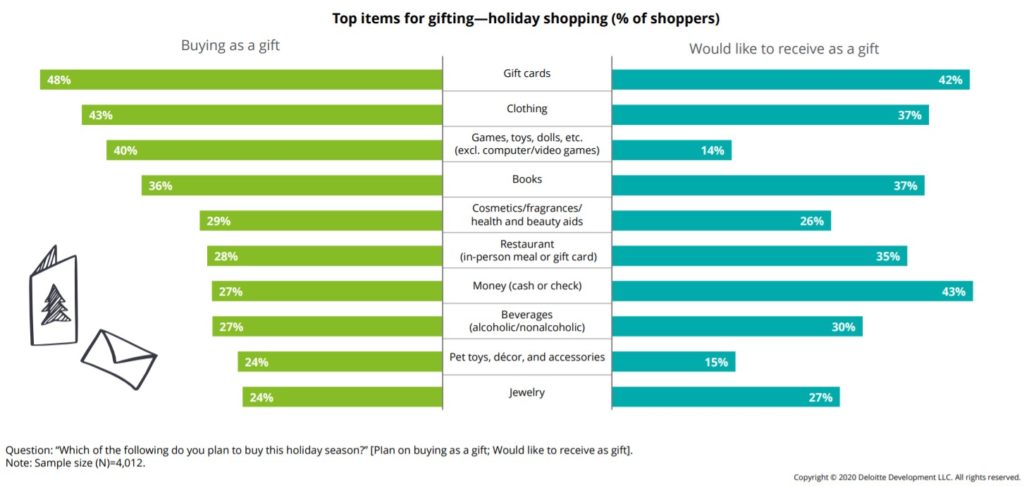
ACoS stands as Advertisement Costs of Sales. This is an important indicator to use when running Amazon PPC campaigns. It is the amount of your ad spend divided by your sales revenue.
ACoS is often used as a benchmark for Amazon PPC campaigns, and ideally you would want to see it as low as possible. However, this is not always the case and can be difficult to achieve.
Amazon
ACoS (Advertising Cost of Sale) is a critical metric for Amazon sellers to consider when optimizing their PPC campaigns. It can help you make strategic choices about adspend and bid changes in order to increase your campaign's performance.
Divide your ad revenue by your advertising spend to calculate your ACoS. Then multiply this number by 100 to see your ACoS.
Your ACoS is affected in many ways, including the quality of your product, your ad bidding, and your overall Amazon advertising strategy. It also connects to other primary metrics, like conversion rate.
Your ACoS can be improved by raising your product's reviews and ratings. This will increase your product's visibility and help you attract more customers.
Also, optimize your product pages to maximize conversion rates. This will result in lower advertising costs and higher profits per unit.
ACoS Formula

ACoS is a key metric that can help you assess the effectiveness and profitability of Amazon advertising campaigns. This is a straightforward calculation you can use to evaluate how well your ads do.
It is a good idea to keep track of your ACoS as you run your ads, so that you can optimize your bids and improve your overall performance. Monitor your total ACoS (or TACoS) as it can be a good indicator about your level of reinvestment in your account.
It is crucial to understand your break-even ACoS in order to maximize your campaigns' profitability. This is the point where your advertising costs exceed your pre-advertising profit margin for a product.
Calculating your break-even ACoS can be done using this formula: ACoS =(Adspend / Ad Revenue) * 100. It's a quick and easy way to measure your advertising ROI and compare it to your other marketing activities.
ACoS Calculator
ACoS (Advertising Price of Sales) is a commonly used metric to assess the success or failure of an advertising campaign. It is calculated by subtracting the total cost of an advertising campaign from the number of sales it generated.
ACoS is affected by CPC (cost per unit), conversion rate (product sale price), and other factors. Your CPC should not be too low, your conversion rates should be high, and your unit sales price should be high enough to achieve the optimal ACoS%.
Your ACoS should be between 15-20 percent. This is the maximum amount you can aim for in order to maximize your ads' profit.
Your ACoS is a measure of how much you need to spend on ads in order to achieve the same level sales and profitability.

ACoS can help you make informed decisions about where and when to invest your PPC funds. This will increase your chances of reaching your sales goals. ACoS is a complicated measure that can be affected many different ways.
KDP Sales Calculator
The KDP Sales Calculator is a handy tool that gives you an idea of how much your Kindle eBook is selling. The calculator uses Amazon’s KDPpage Reads metric in order to calculate how many sales your eBook is making.
This is a key piece of information for Amazon KDP Select authors because it can affect your Amazon Best Seller Ranking. Amazon counts as a sale the pages readers have viewed from your eBook when they borrow it via KU/KOLL.
Amazon may charge extra fees for large files like cookbooks, art books, travel guides, and other books with many pages. This fee is known as the Delivery Cost. Unless you choose the 35% royalty option which isn't financially profitable for most self published authors), you will be charged this fee.
Luckily, there are plenty of free tools out there to help you with this process. Here are some of these most helpful tools:
FAQ
Is it acceptable to ask for discount coupons when shopping?
You should always try to negotiate a better price on buying items. It is not rude to ask them if there are any discounts codes. If you're polite, they might offer you a special deal. This could save your money over the long term.
Are there other things that I should know about buying clothes online
Before buying clothes online, there's a lot you need to know. First, determine your size. While it might seem obvious, many companies don’t provide this information. So you may have to guess.
Consider shipping costs. Shipping costs vary depending on what item you have ordered. You should also know where your package is going. Some items ship directly from the manufacturer while others go through a third party warehouse. This can impact delivery times.
Read carefully reviews. There are many bad experiences. Don't allow someone else's experience to influence your own.
How do you use your debit card when shopping online?
It depends on what you are buying and how much money you have. You don't have to pay any extra fees for credit cards. Instead, you can opt for a debitcard.
If you do not have enough cash to make a purchase, then a debit card may be best because you won't incur any additional charges.
A debit card allows you to withdraw money from an ATM machine without incurring interest or other charges.
You can also purchase groceries and petrol at ATMs. This makes them convenient.
Statistics
- A report from the U.S. Census Bureau found that in the first quarter of 2022, an estimated $250 billion was spent on retail e-commerce sales.1 (thebalance.com)
- The vast majority only change a password to protect privacy a few times a year (27 percent) or, more likely, never (35 percent). (pcmag.com)
- According to the Federal Trade Commission (FTC), online shopping was the fourth most common fraud category for consumers as of February 2022.5 (thebalance.com)
- All items on AliExpress have an estimated delivery time on the product page, and it's usually anywhere from 20 to 60 days. (makeuseof.com)
External Links
How To
What are safe online shopping skills?
Safe online shopping is an important skill for anyone who wants to shop online safely. It's also great to learn how to buy from different websites without getting scammed.
If you are looking for the best ways to buy items online, read on! This article provides all the tricks and tips you need to avoid falling for scams.
-
Do your research. Before you decide to shop online, it's essential to do your homework first. Read reviews of the company you plan to purchase from, look for customer feedback, and get recommendations from friends and family.
-
Compare prices. If you're unsure whether a particular store is reputable, compare prices among several sellers. Consider price comparison apps like Amazon Price Checker or Google Shopping. These tools allow you to see which retailers offer the lowest prices.
-
Be aware of red flags. If you are browsing product pages, look out for red flags. You may find fake sites that use misspelled words and grammar errors. They may also offer counterfeit goods or incomplete products.
-
Pop-up windows can be dangerous. Pop-ups are sometimes used by websites to collect passwords or credit card numbers. When you see one of these pop-ups, click "escape" to close it immediately or choose another browser window.
-
Ask yourself questions. Think about these questions as you browse a website. Do they offer the services I require? Do I have the ability to trust the people who run the site?
-
Don't share your personal information. Unless you initiated the transaction or provided financial information, do not give out your Social Security number, bank account numbers, or credit card details by phone or email.
-
Avoid clicking on email links. It is very easy to click links in emails and end up on a fake website. Only open emails from trusted sources (such as banks) to avoid falling victim to this kind of fraud.
-
Use strong passwords. A strong password should include letters, numbers, and symbols. Keep your password confidential and don't share it with anyone else.
-
Be cautious when downloading files. Always download files directly rather than opening attachments via email. Never open attachments received from unknown senders. You should delete any attachments that ask you to install software.
-
Report suspicious activity. If you suspect your identity was stolen, immediately contact your local police department. You may also file a complaint to the Federal Trade Commission.
-
Protect your device. Make sure your computer has anti-malware protection. This protection could stop hackers accessing your private data.
-
Be aware of scammers targeting seniors. Senior citizens are especially susceptible to scammers, as they are less likely understand how to spot fraudulent messages on websites and emails.